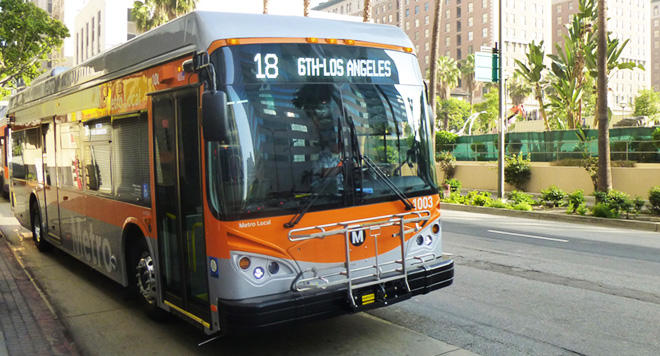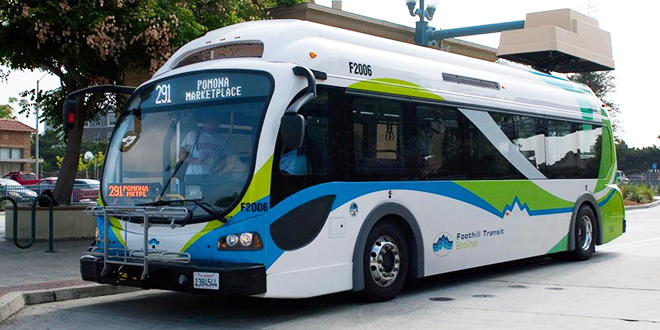 A lot of people want to
be more sustainable with their consumption habits but don’t know where to
start. It is especially difficult when buying clothing, because it is hard to
trace a clothing product all the way back to its raw materials. In other words,
it is difficult to know how a clothing product was sourced and manufactured, or
to know the working environment in its facilities.
A lot of people want to
be more sustainable with their consumption habits but don’t know where to
start. It is especially difficult when buying clothing, because it is hard to
trace a clothing product all the way back to its raw materials. In other words,
it is difficult to know how a clothing product was sourced and manufactured, or
to know the working environment in its facilities.
The message I want to
share with you is that it is not necessarily which brand you buy, or which products,
but rather how you shape your lifestyle around your shopping. Greenpeace offers
some good advice for people who want to make less of a negative impact with
their clothing purchases. To me, the most practical advice that requires the
least commitment from the consumer is to “buy classics”, “focus on quality” and
“fix things up”. Buying classics means buying products that are not likely to
go out of style, and therefore they can be worn for years to come. Focusing on
quality means buying products that are durable and likely to last, and will not
need replacements. Fixing things up means being willing to make small repairs
such as mending buttons or zippers, rather than throwing away your clothes.
The reason why I shared
these three pieces of advice is that they do not require you to go online and
spend hours researching the social responsibility of different brands and
manufacturers. Quite simply, make a commitment to your clothes, and don’t buy clothes
to get a shopping rush. If you buy products that you truly love, and that are
high quality, you can wear them hundreds of times, and you do not need to run
to the mall to get a shopping fix. If you can change your mind set to treat
clothes as a necessity rather than a commodity, it will go a long way in making
your shopping habits more sustainable.
Learn more @ Green Peace on Sustainable Shopping





